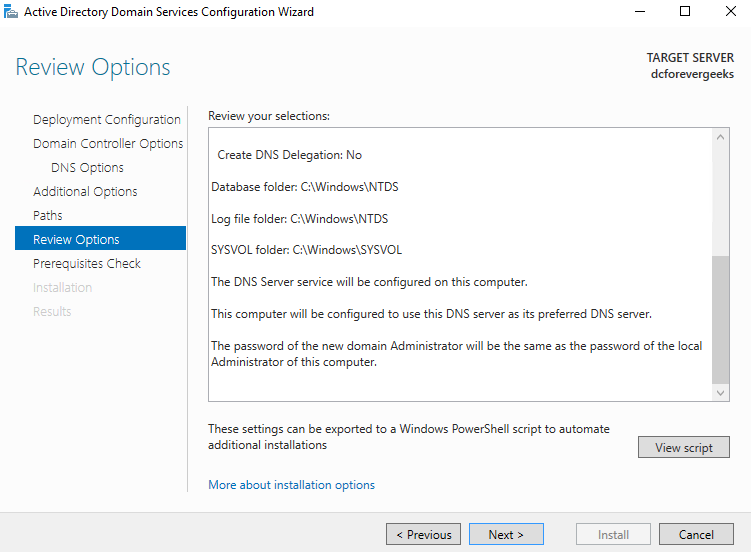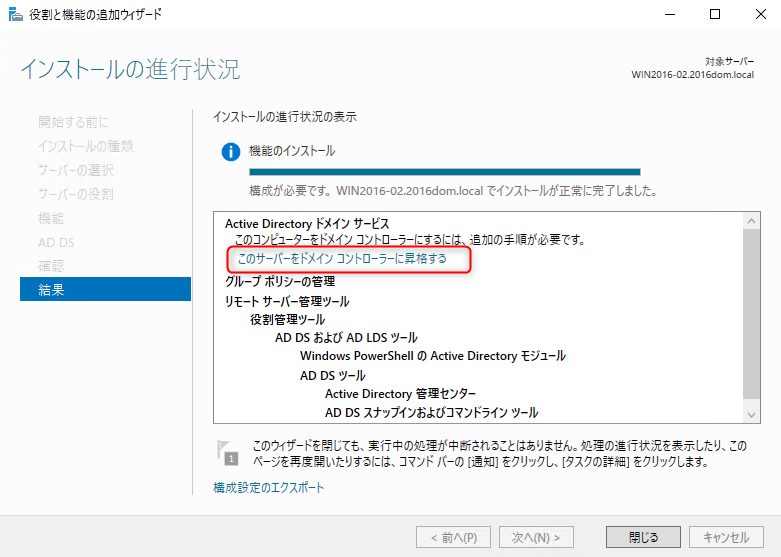

After the design is approved, the deployment team tests the design in a lab environment and then implements the design in the production environment. During the design phase, the design team creates a design for the AD DS logical structure that best meets the needs of each division in the organization that will use the directory service. You can use AD DS to manage your network infrastructure, including branch office, Microsoft Exchange Server, and multiple forest environments.Īn AD DS deployment project involves three phases: a design phase, a deployment phase, and an operations phase. Organizations can use Active Directory Domain Services (AD DS) in Windows Server to simplify user and resource management while creating scalable, secure, and manageable infrastructures. # Function to convert Octet value (byte array) into string GUID value.Applies to: Windows Server 2022, Windows Server 2019, Windows Server 2016, Windows Server 2012 R2, Windows Server 2012 Here is a function I have used: Function OctetToGUID ($Octet) NET methods to convert this into the "friendly" format. The cmdlet displays the value as a array of 16 decimal bytes. Get-ADUser can also display the values of most actual AD attributes, such as ms-DS-ConsistencyGUID, but it only recognizes this attribute asĪ byte area.

As such, it converts the actual objectGUIDĪttribute (not the casing I use) into the "friendly" format. The reason Get-ADUser displays the expected "friendly" value for ObjectGUID, with the curly braces and dashes and the bytes converted into hex, is because ObjectGUID is a property exposed by the cmdlet. The syntax in AD is identical to that of the objectGUID attribute. I don't think it has been used until recently, perhaps since Windows Server 2008.

The ms-DS-ConsistencyGUID attribute has existed since Windows 2000.


 0 kommentar(er)
0 kommentar(er)
